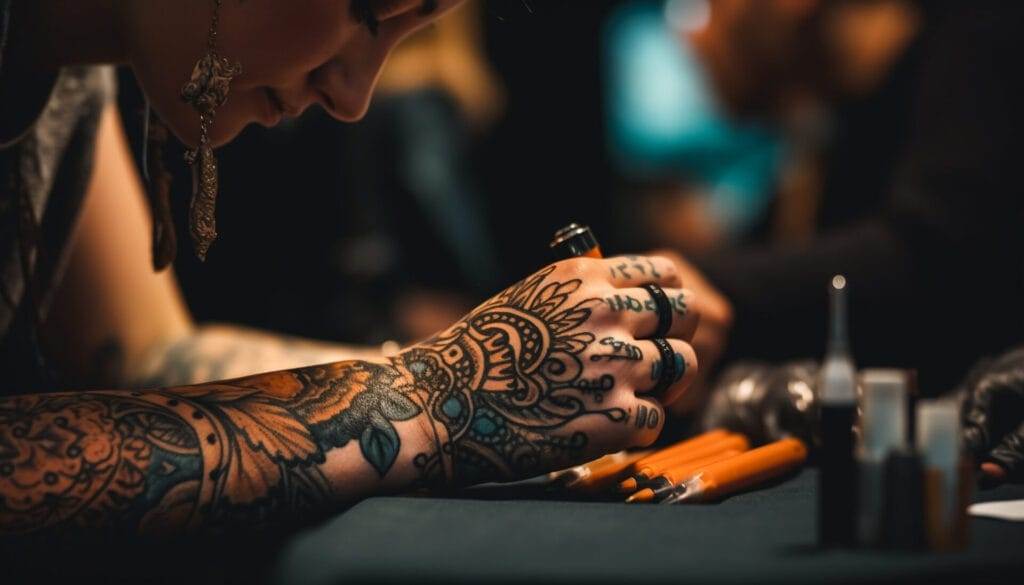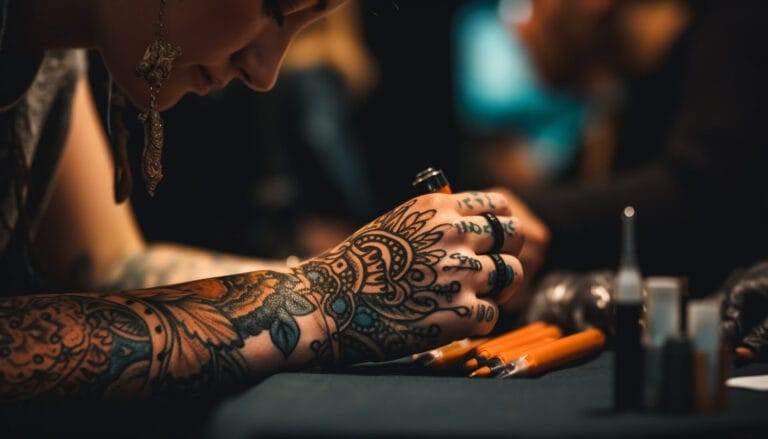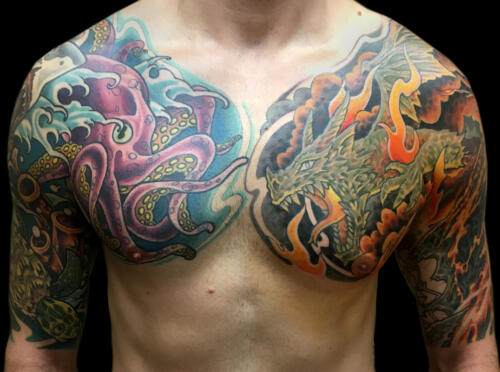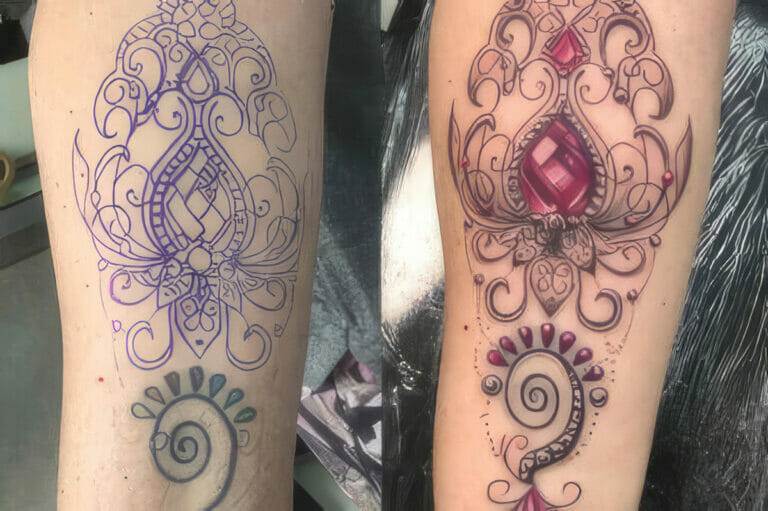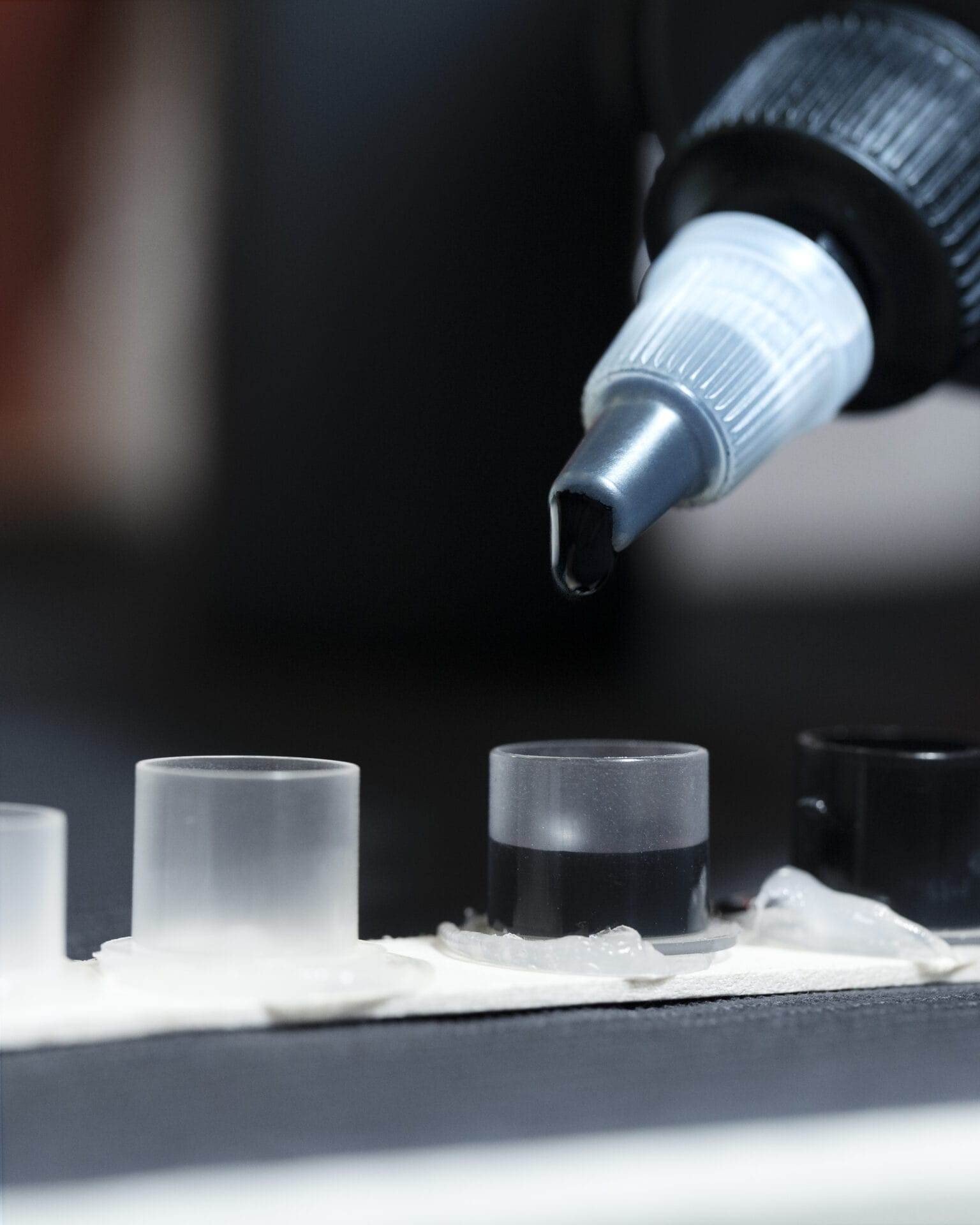
Tattoos have become increasingly popular in recent years, with more and more people choosing to adorn their bodies with permanent ink. Tattoos have a long history and cultural significance, dating back thousands of years. They have been used as a form of personal expression, a way to commemorate important events or people, and as a means of identifying oneself within a particular group or culture. In today’s society, tattoos continue to hold significance as a form of self-expression and identity.
The Art of Personal Expression: Why Tattoos Matter
Tattoos have been used for centuries as a form of personal expression and identity. In ancient times, tattoos were often used to mark individuals as members of a particular tribe or group. They were also used to commemorate important events or achievements. Today, tattoos continue to hold significance as a means of self-expression. People choose to get tattoos that represent their beliefs, values, and personal experiences.
Tattoos can also serve as a form of identity. They can be used to express one’s cultural heritage or affiliation with a particular group or subculture. For example, someone may choose to get a tattoo that represents their Native American heritage or their love for a specific music genre. Tattoos can also be used to express one’s individuality and uniqueness. Many people choose to get tattoos that are meaningful to them personally, regardless of any cultural or societal associations.
Finding Your Inspiration: Tips for Choosing a Meaningful Design
Choosing the right design for your tattoo is crucial, as it will be permanently etched onto your skin. It is important to choose a design that holds personal significance and meaning for you. One way to find inspiration is by reflecting on your own life experiences and values. Think about what is important to you and what you want your tattoo to represent.
Researching different designs and styles can also help you find inspiration. Look at tattoo magazines, websites, and social media platforms to see what styles and designs resonate with you. You can also visit tattoo conventions or art exhibits to see the work of different tattoo artists and get a sense of their style.
The Right Placement: How to Choose the Perfect Spot for Your Tattoo
Choosing the right placement for your tattoo is just as important as choosing the design itself. The placement of your tattoo can affect its visibility, as well as its overall aesthetic appeal. It is important to consider both practical and aesthetic factors when choosing the placement of your tattoo.
Practical factors include things like your job or profession, as well as any future career aspirations. Some employers have strict policies regarding visible tattoos, so it is important to choose a placement that can be easily covered if necessary. Aesthetic factors include things like the shape and size of the design, as well as the contours of your body. Certain designs may look better on certain parts of the body, so it is important to consider how the design will flow with your natural body shape.
Understanding Tattoo Styles: From Traditional to New School
There are many different styles of tattoos, each with its own unique characteristics and significance. Understanding these different styles can help you choose a design that aligns with your personal preferences and aesthetic.
Traditional tattoos are characterized by bold lines, bright colors, and iconic imagery. They often draw inspiration from classic American tattoo art and have a timeless appeal. Traditional tattoos are known for their simplicity and clarity, making them a popular choice for those looking for a more traditional and timeless look.
Realism tattoos aim to replicate the appearance of real-life objects or people. They require a high level of skill and attention to detail, as they strive to capture every nuance and texture. Realism tattoos can be incredibly lifelike and are often used to create portraits or depict natural scenes.
Customizing Your Design: Collaborating with Your Tattoo Artist
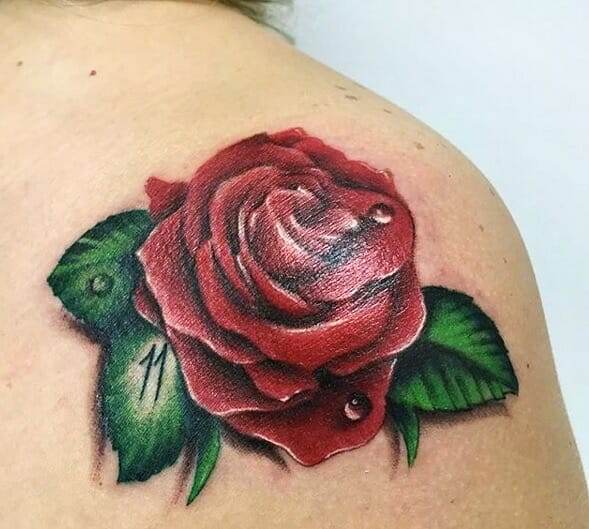
Collaborating with your tattoo artist is an important part of the tattoo process. While you may have a clear vision for your design, it is important to be open to the artist’s suggestions and expertise. They may have insights or ideas that can enhance your design or make it more visually appealing.
When working with your tattoo artist, it is important to communicate your ideas clearly and effectively. Bring any reference images or sketches that you have, as well as any specific details or elements that you want to include in your design. Be open to feedback and be willing to make adjustments or changes if necessary.
The Tattoo Process: What to Expect During Your Appointment
Getting a tattoo is a multi-step process that involves several stages, from consultation to aftercare. It is important to understand what to expect during each stage of the process so that you can be prepared and make the most of your appointment.
The first step in the tattoo process is the consultation. During this stage, you will meet with your tattoo artist to discuss your design ideas, placement, and any other details. This is also a good time to ask any questions you may have and to get a sense of the artist’s style and approach.
Once you have finalized your design and placement, the next step is the actual tattooing process. The artist will clean and prepare your skin, then transfer the design onto your skin using a stencil or freehand technique. They will then begin tattooing, using a tattoo machine to inject ink into the dermis layer of your skin.
Tattoo Aftercare: Tips for Keeping Your Ink Looking Fresh
Proper aftercare is crucial for maintaining the quality and appearance of your tattoo. It is important to follow your tattoo artist’s instructions and to take care of your tattoo during the healing process.
One of the most important aspects of aftercare is keeping your tattoo clean and moisturized. Your tattoo artist will provide you with specific instructions on how to clean and care for your tattoo, but generally, you should avoid submerging your tattoo in water for at least two weeks, avoid exposing it to direct sunlight, and apply a thin layer of fragrance-free moisturizer regularly.
Touch-ups and Cover-ups: How to Maintain or Alter Your Tattoo
Over time, tattoos may fade or lose their vibrancy. Touch-ups can help maintain the quality and appearance of your tattoo. If you notice any areas that have faded or need to be refreshed, consult with your tattoo artist about scheduling a touch-up appointment.
In some cases, you may want to alter or cover up an existing tattoo. This could be due to changes in personal taste or because the original design no longer holds the same significance. Consult with your tattoo artist about options for cover-ups or alterations. They may be able to incorporate elements from the original design into a new design or suggest ways to modify the existing tattoo.
Tattoo Removal: Exploring Your Options and What to Expect
While tattoos are meant to be permanent, there are options available for tattoo removal if you decide that you no longer want your tattoo. It is important to understand the options available and what to expect during the tattoo removal process.
One option for tattoo removal is laser removal. This involves using laser technology to break down the ink particles in your skin, allowing your body to naturally eliminate them over time. Laser removal can be effective, but it may require multiple sessions and can be expensive.
Another option for tattoo removal is surgical excision. This involves surgically removing the tattooed skin and stitching the surrounding skin together. Surgical excision is typically used for smaller tattoos and may leave a scar.
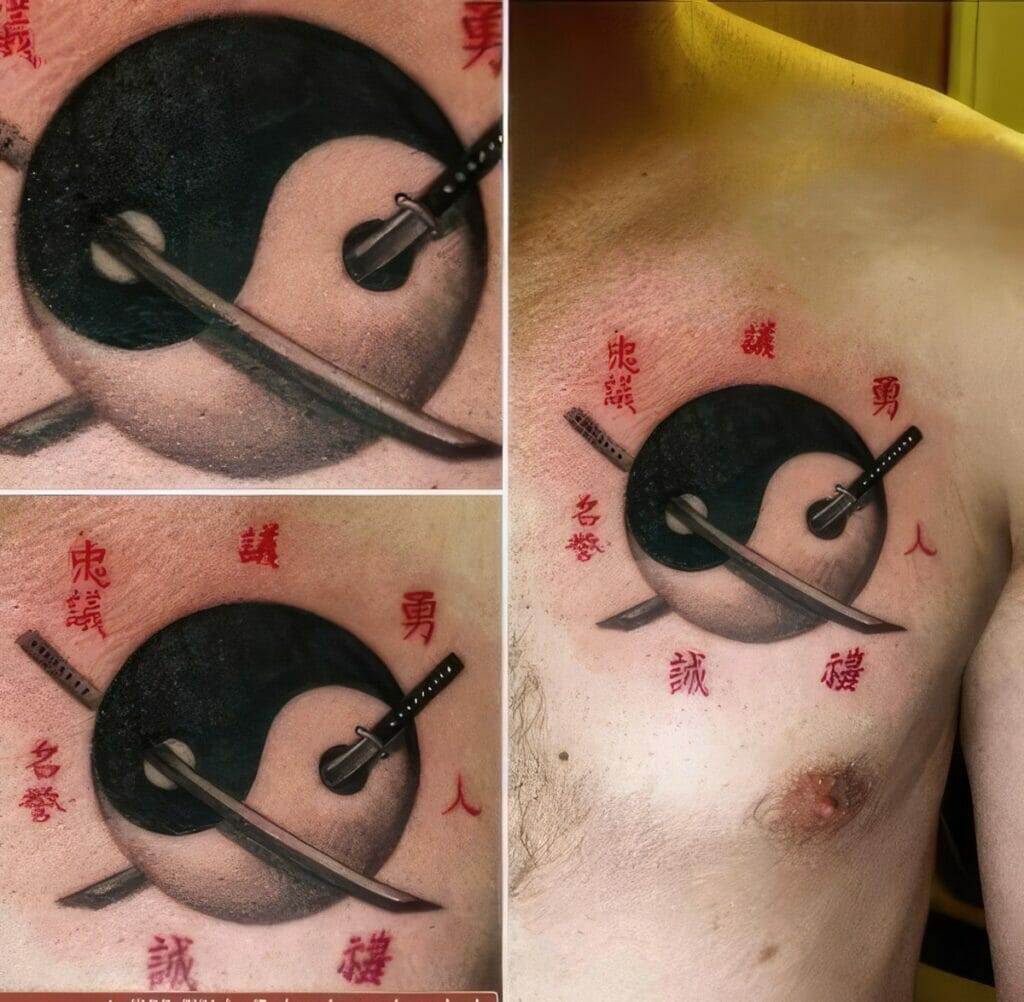
The Meaning Behind the Ink: Personal Stories from Tattoo Enthusiasts
Tattoos hold personal significance for many individuals, and each tattoo has a unique story behind it. Some people choose to get tattoos to commemorate loved ones who have passed away, while others get tattoos to represent important life events or personal achievements.
For example, one individual may have gotten a tattoo of a butterfly to represent their journey of personal growth and transformation. Another person may have gotten a tattoo of a quote that has deep personal meaning and serves as a daily reminder of their values and beliefs.
Tattoos are a powerful form of personal expression and identity. They have a long history and cultural significance, and continue to hold meaning in today’s society. Choosing the right design, placement, and artist are all important factors in ensuring that you get a tattoo that you will be happy with for years to come.
It is important to approach the tattoo process with care and intention, taking the time to reflect on your own values, experiences, and personal meaning behind the design. By doing so, you can create a tattoo that truly represents who you are and serves as a meaningful form of self-expression.

